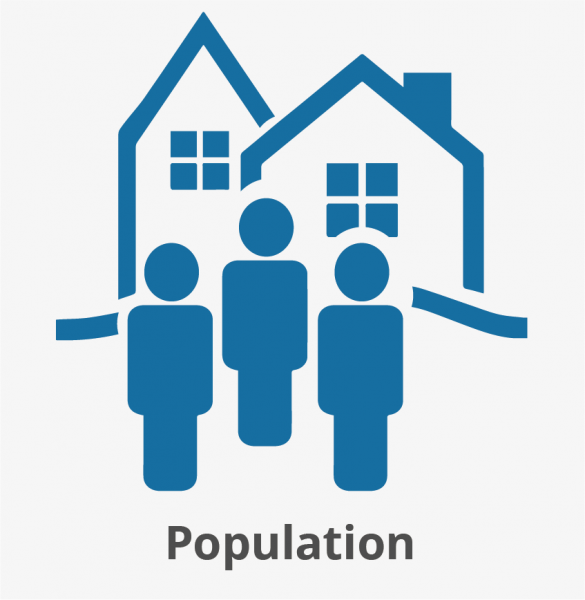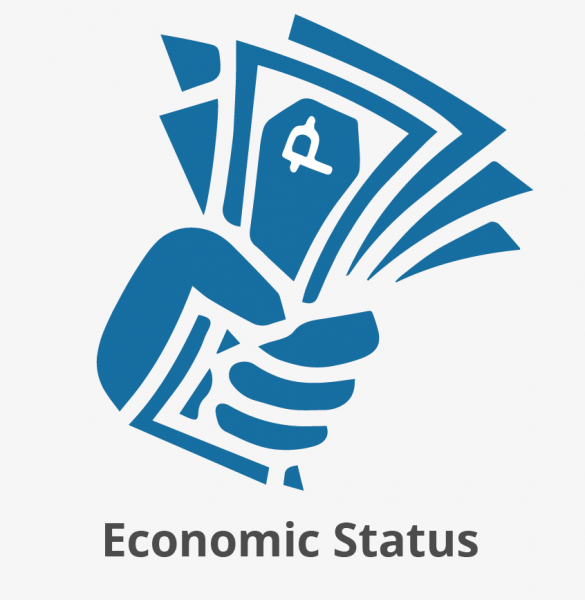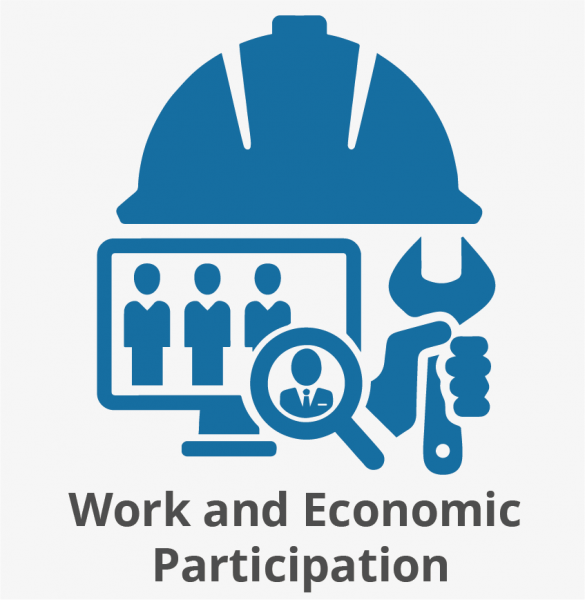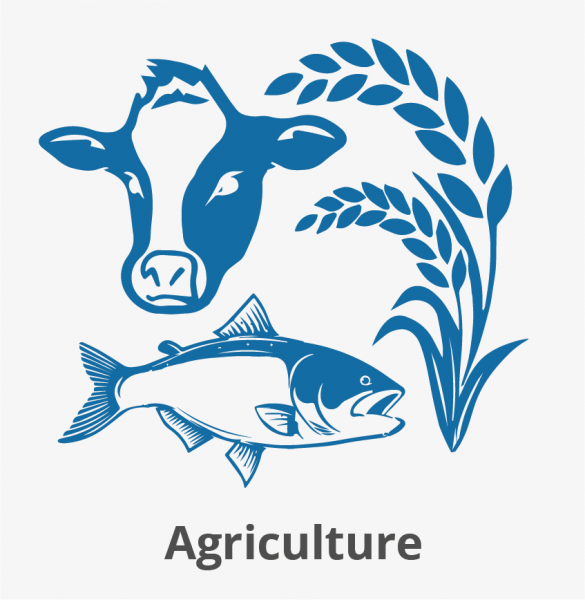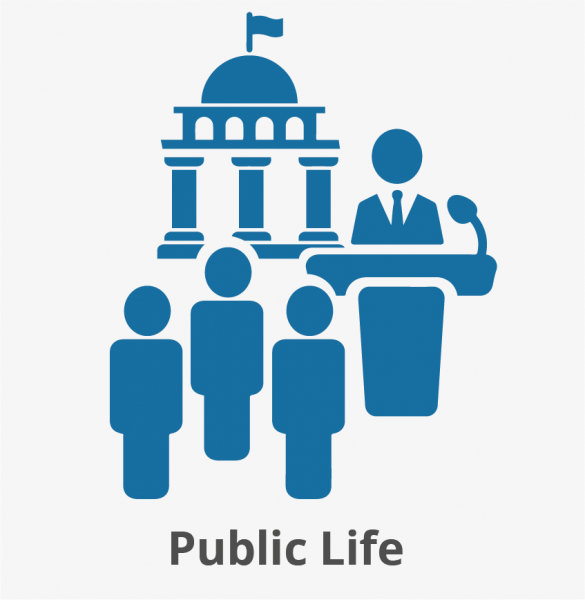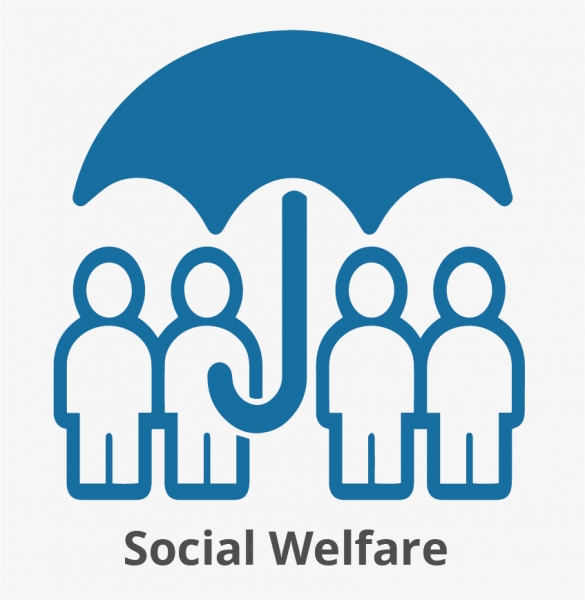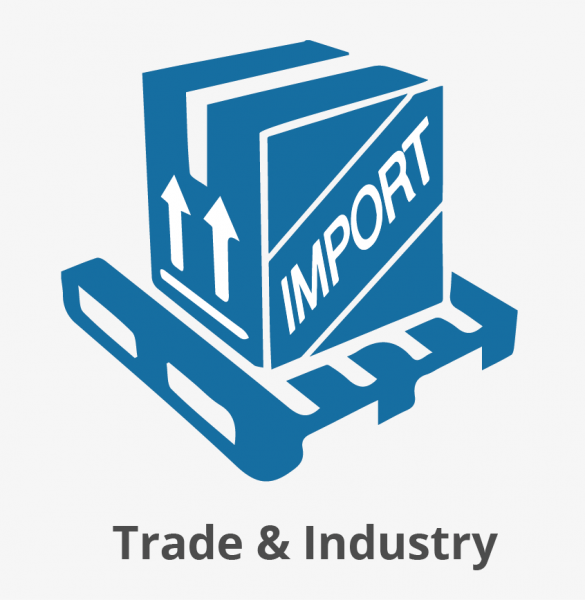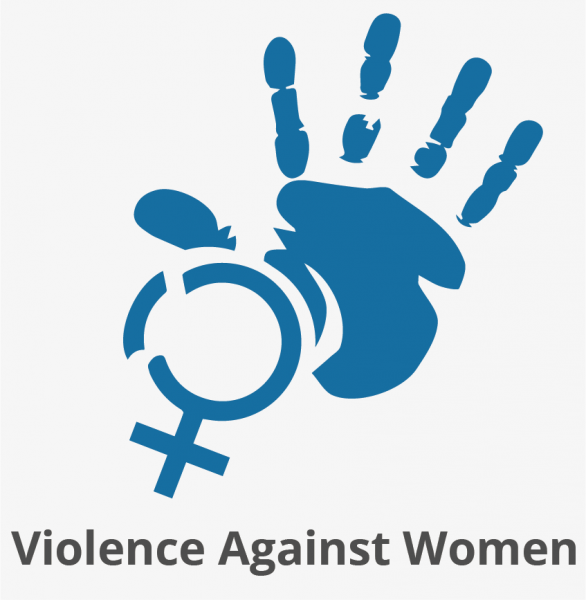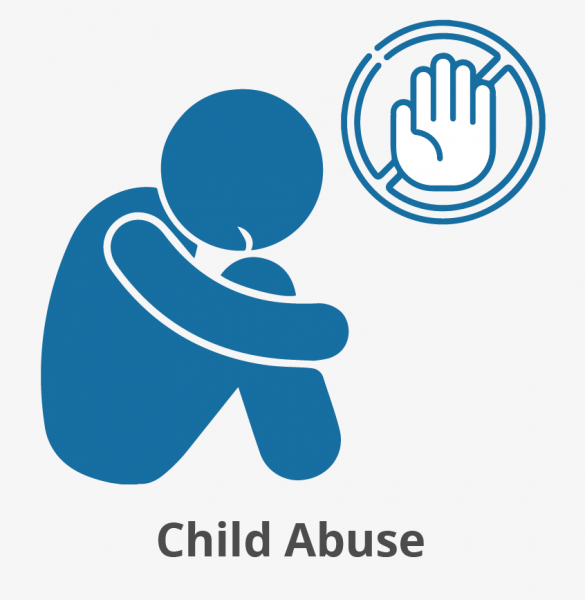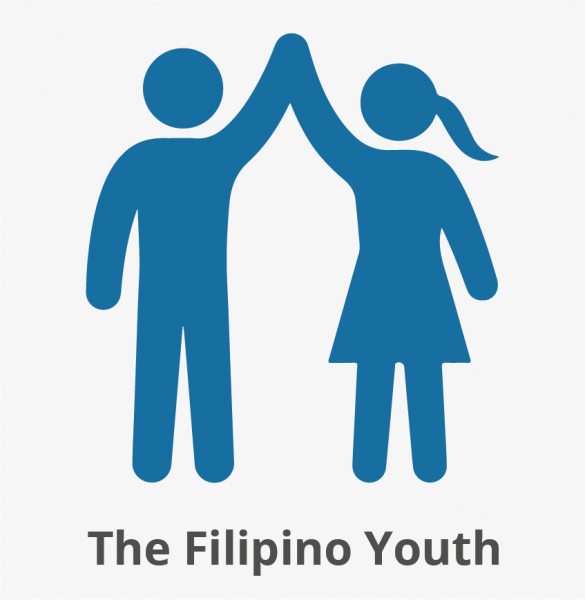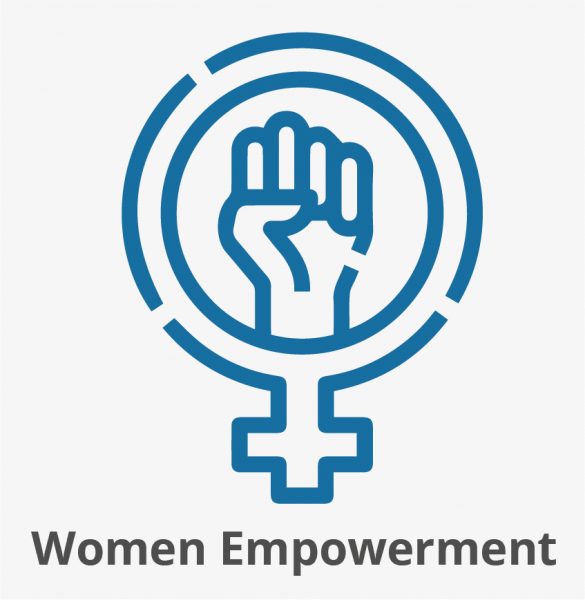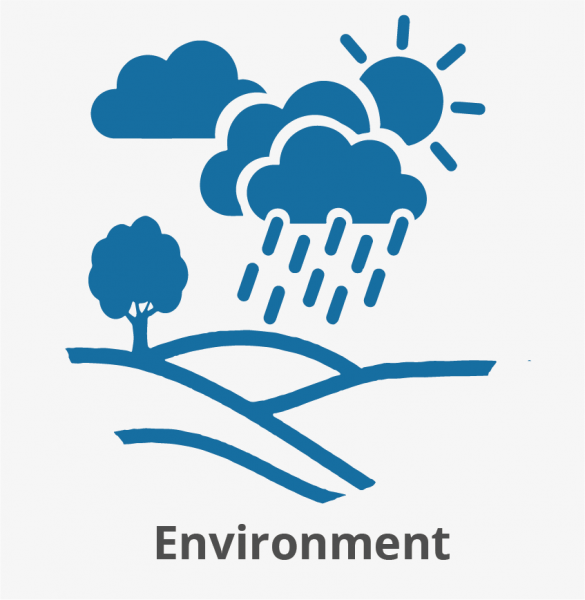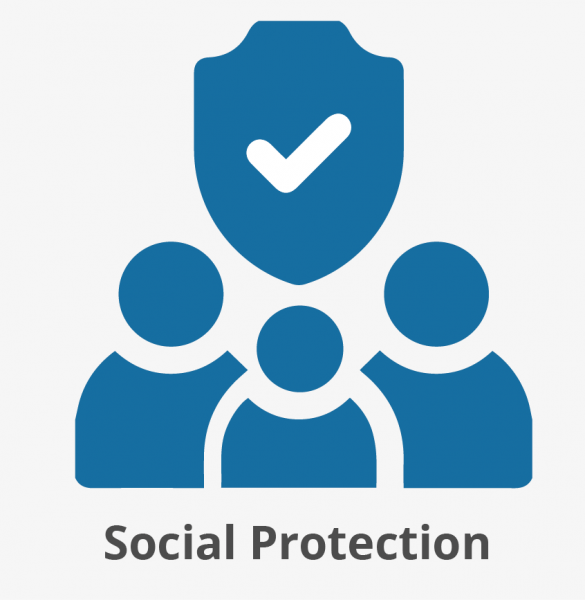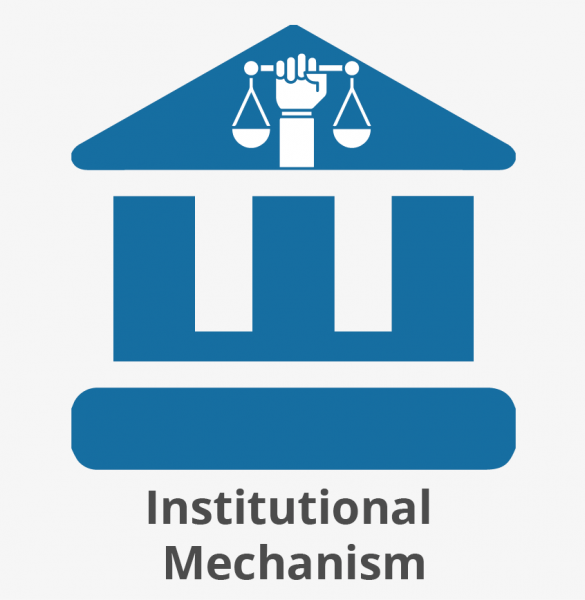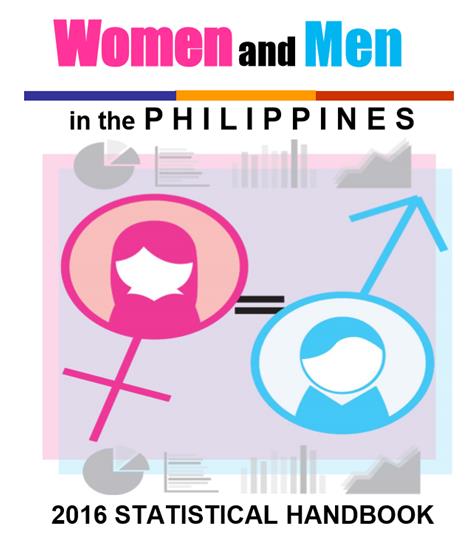In May 2021, the Updated Philippine Core Gender and Development (GAD) Indicators were approved and adopted by the PSA Board through PSA Board Resolution No. 08, Series of 2021. The Core GAD indicators framework serves as the basis in the generation and analysis of gender and development indicators in the country. The updating of the Philippine Core GAD indicators took into consideration the various GAD indicators systems such as the United Nations Statistics Division (UNSD) Minimum Core Set of Gender Indicators, UN Economic and Social Commission for Asia and the Pacific (ESCAP) Regional Core Set of Gender Indicators and Ministerial Declaration, the Sustainable Development Goals (SDGs), Asia-Pacific Economic Cooperation (APEC) Women and Economy Dashboard, and the Gender Equality and Women Empowerment (GEWE) Indicators.
The main considerations for the indicators to be included in the updated list of Philippine Core GAD are: (1) regular availability of data or there are current and concrete efforts being done to make them available; and (2) relevance of the indicators, either as part of the original Core GAD Indicators Framework approved in 2001, or is included in at least four of the gender indicator systems mentioned above. Furthermore, the PSA shall regularly monitor the updated list of Core GAD indicators through the annual updating of the Factsheet on Women and Men, and the Statistical Handbook on Women and Men in the Philippines. Moreover, all concerned government agencies are enjoined to provide the necessary data support to monitor these indicators.


